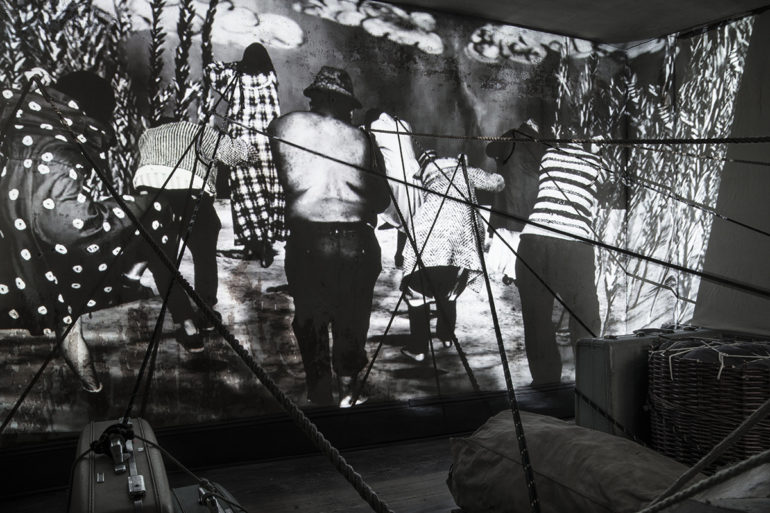
This post is also available in:

Eyes on the Florida Prize in Contemporary Art, one of the most anticipated annual events of the year, which brings in artists from all over the state of Florida. Now in its sixth edition, the Florida Prize in Contemporary Art is an event organized by the Orlando Museum of Art (OMA) whose purpose is to recognize and reward the artistic abilities of the artists by promoting their continuous research aimed at innovation and the creation of new artworks.
Glen Gentele, Director & CEO of the event says: “The Florida Prize in Contemporary Art is an opportunity to discover artists who express relevant ideas in tune with our time in an absolutely innovative way”. “Some artists open a dialogue about latent tensions or real clashes, while others offer an escape route” says associate curator, Coralie Claeysen-Gleyzon, on the issues addressed.
Ten selected artists, each with a remarkable artistic background, among them Edison Peñafiel, from Fort Lauderdale, was selected by a jury of experts, and won the $ 20,000 monetary prize, offered by Gail and Mike Winn. Joe Fig, from Sarasota, was instead given the prize awarded by the votes of the public attending the event: a prize equivalent to $ 2500.
The Florida Prize in Contemporary Art was a great challenge for Sri Prabha (Miami), Vickie Pierre (Miami), Pepe Mar (Miami), Robert Aiosa (Tampa), Edison Peñafiel (Fort Lauderdale), Anja Marais (Miami), Amer Kobaslija (Orlando), Lola Gómez (Daytona Beach), Lilian Garcia-Roig (Tallahassee) and Joe Fig (Sarasota).
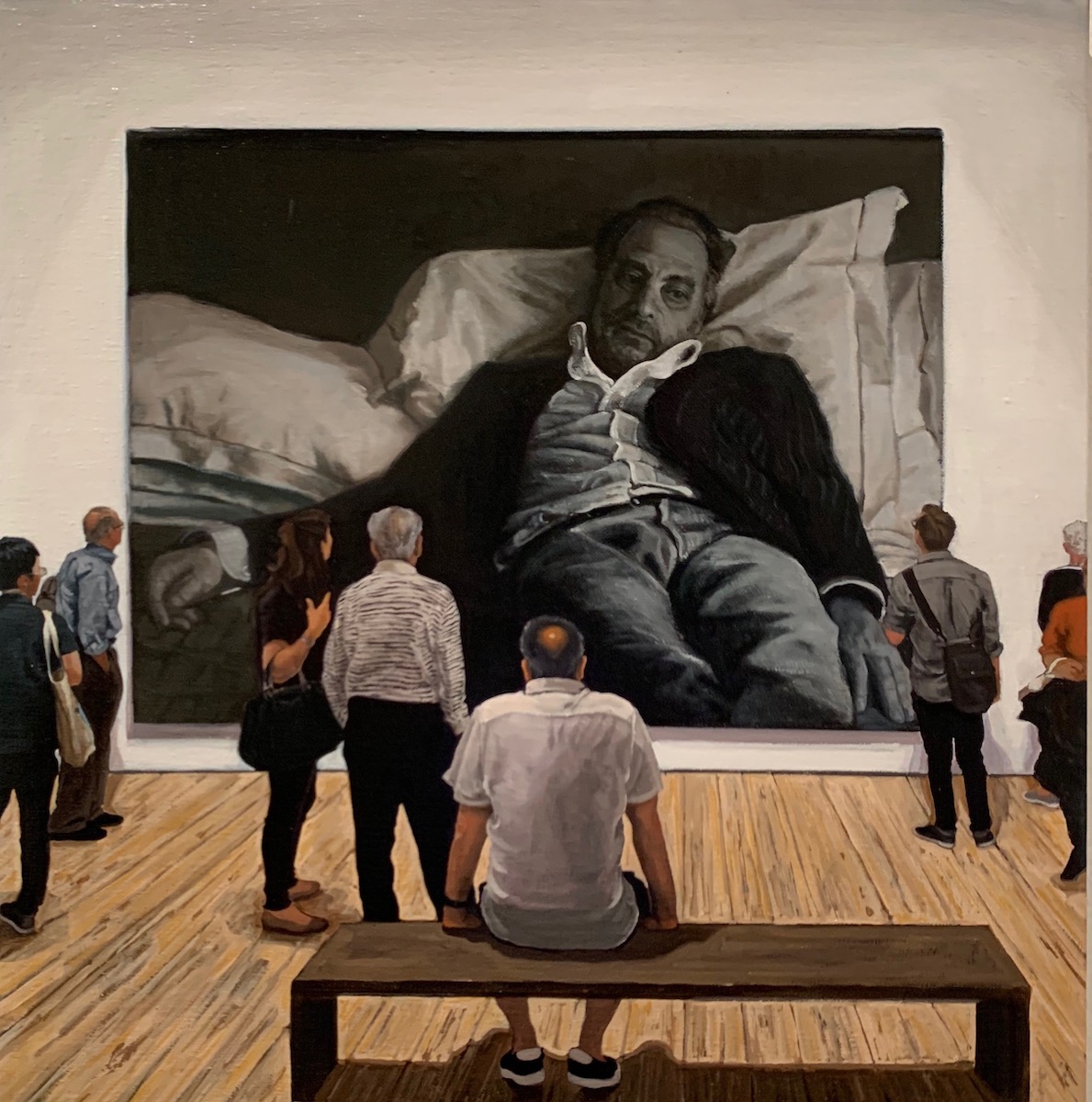
The winning work, by Edison Peñafiel, Ni Aquí, Ni Allá & Sempiterno, is a large-scale multimedia installation: a complaint against social inequity with a focus on a theme particularly felt in South Florida: immigration. The work by Peñafiel, with a strong visual impact, defies the boundaries, ranging from reality to digital: from the physical weight of the material burdens that migrants carry in the long, infinite, journey in search of a better life, to their repetitive tired walking, projected on the screen and connected to the material blocks, by physical cords that the migrants pull on the shoulder. A cry against the social disparity, and the silence of the world, that observes undisturbed, the slow agony of the pilgrims, while the need is urged to put immediately an end, to this slow social mess. A second work by the winner has been proposed, and portrays in the multiplicity of multiform screens the psychosis implemented by people in the repetition of habitual actions, in cadenced repetition almost demented actions: a denunciation of prejudices, social identity and cultural clashes of society.
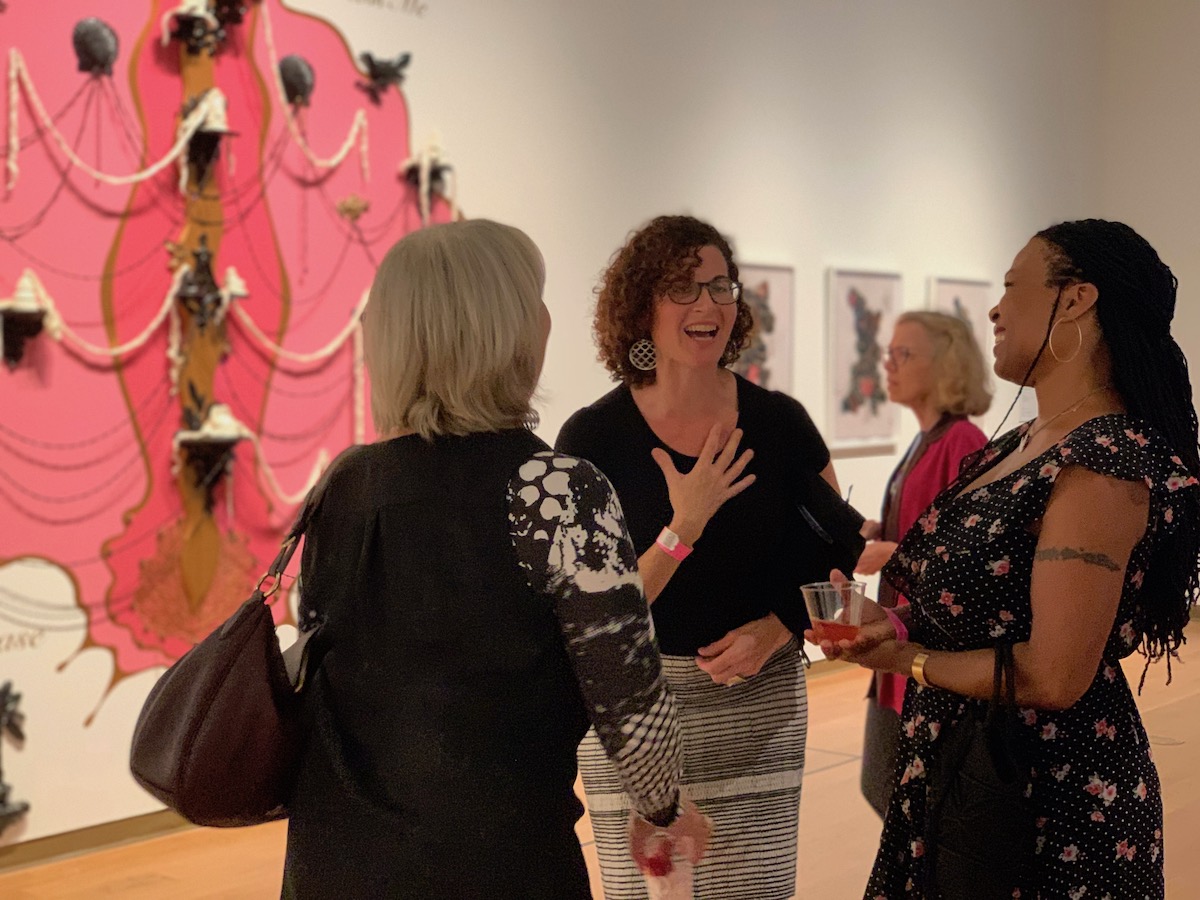
Joe Fig, the winner of the People Choice Award, aims to highlight the interaction between artist and art studio and life, shedding light on how artists work, what inspires them and how they have achieved success, making the experience tangible for young artists.
A representation that goes beyond art and that Fig knows how to render with extraordinary meticulousness of details both in the representation in scale of the studies (meticulously detailed), and in the pictorial works exhibited, treated with equal skill. Joe Fig, is a writer and the department head of the Fine Arts and Visual Study at Ringling College in Sarasota. His artistic practice consists of miniatures (mixed media), small paintings (oil on linen), black and white photographs and audio recordings of interviews with a dozen of the most important artists in the contemporary scene. An incredible work that unquestionably has rewarded the artist’s point of view and his precision in representing the details of very small proportions in a perfect way.
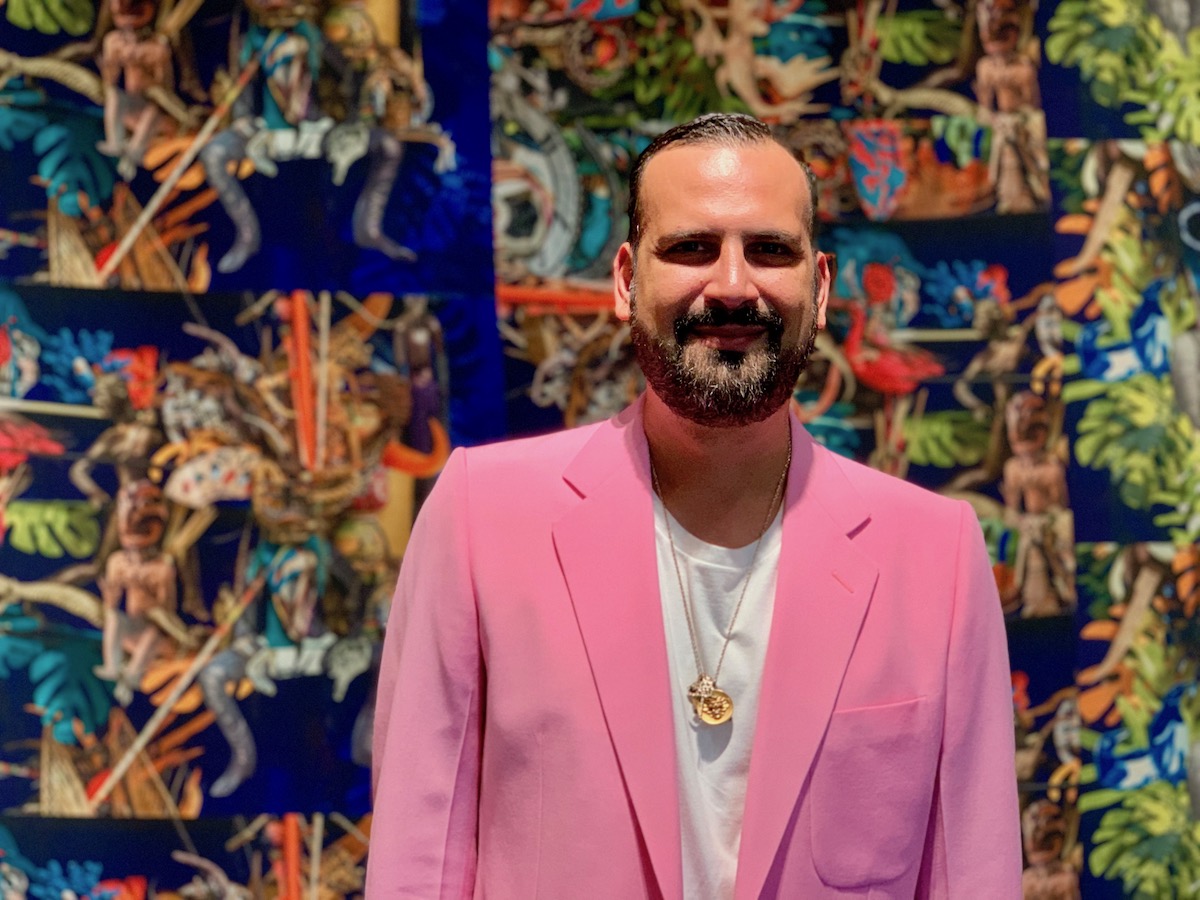
In addition to the winners, two artists from the Fountainhead Studio, Vicky Pierre and Sri Prabha participated. Vicky Pierre has adorned the walls of the museum with her Poupées (collage on paper) with generous feminine features that refer to the mythological representation of women. In addition to paintings, she presented large mixed-media works that exquisitely adorned the walls of the museum, in which she combined a variety of materials (resin, plastic, wood, porcelain) to phrases taken from song lyrics. Her works recall sadly universal themes such as: identity, feminine as opposed to the idols of the 21st century (Disney princesses are an example), and the connection between cultures (vessels) with reference to her Haitian heritage.
Sri Prabha‘s work is instead a large site-specific installation, a combination of art, science and metaphysics that focuses on the connection between man and the environment he occupies. The work symbolically represents a tree with its five branches, the five elements of nature: air, water, fire, earth and ether.
The multicolored works of Pepe Mar are composed of personal objects, purchased in the used markets (thrift shop) which he combines with mastery to create abstract and anthropomorphic barometers of contemporary culture. His installation introduces the visitor into the exhibition: a swarm of new elements with which the viewer can interact, combined with previous works of strong visual impact that offer a glimpse of the Mexican cultural heritage of Pepe Mar, represented by David Castillo Miami Gallery.
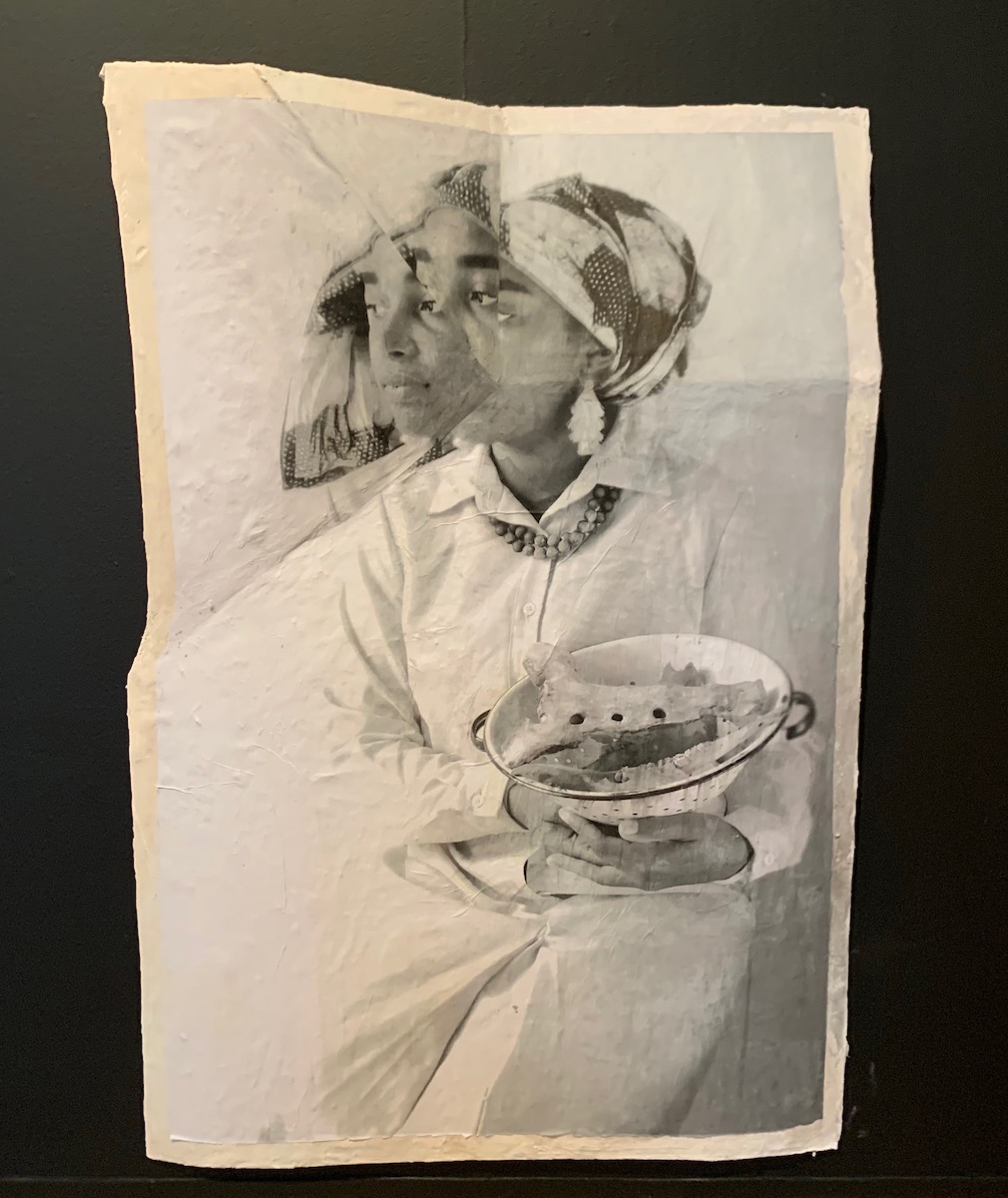
Lola Gómez is a photo-journalist originally from Venezuela who has proposed three series of works: Living in the Shadow, Stuck in Time and Trail of Death in which emerges the humanitarian and social nature of her works that tell stories dealing with issues of global interest.
Anja Marais, photographer and artist, in her themes, talks about immigration and cultural heritage, playing on shades of white as an hybridization element for those like her, who were born and lived cultural ambivalence. The objects, re-proposed by themes, are stacked like totems and invite you to reflect on the cultural heritage that you reveal as layers of the human collective.
Lilian Garcia-Roig‘s material painting takes shape by assembling distinct panels, which represent different moments throughout the day. Gracia-Roig composes her works by mixing the illusionistic possibilities of painting with abstract nature. Through her works she seeks and offers new formal relationships in which the contours of two non-contiguous paintings merge: a metaphor for representing the phenomenon of immigration and the way people interact.
Fascinated by the landscapes of Florida, Amer Kobaslija paints pictorial works that combine past and present represented by a fascinating color palette, with which private, inhabited spaces become a place of public domain on which a sort of divine eye watches over.
The artistic expression of Robert Aiosa is a research of vernacular architecture, which, with its body of work composed of a variety of different woods, invests in the redevelopment of cities after disasters with its experimental living movements and its communities.
In addition to the awards ceremony, the highly anticipated event was very well characterized by the culinary creativity of the best Orlando restaurateurs, each of whom composed dishes inspired by the 10 finalist artists of the award with a specific stand full of delicacies and paired drinks.
.
